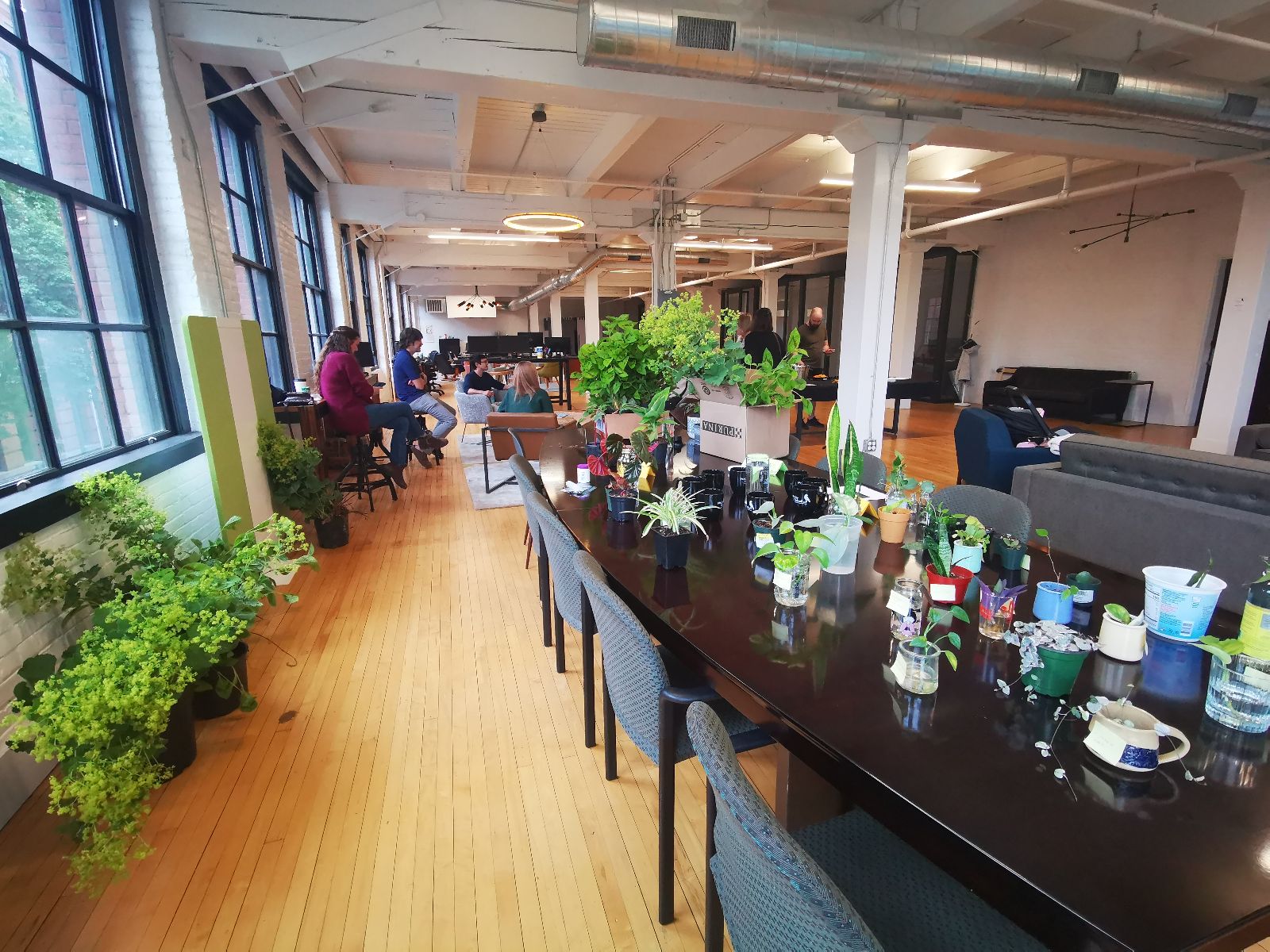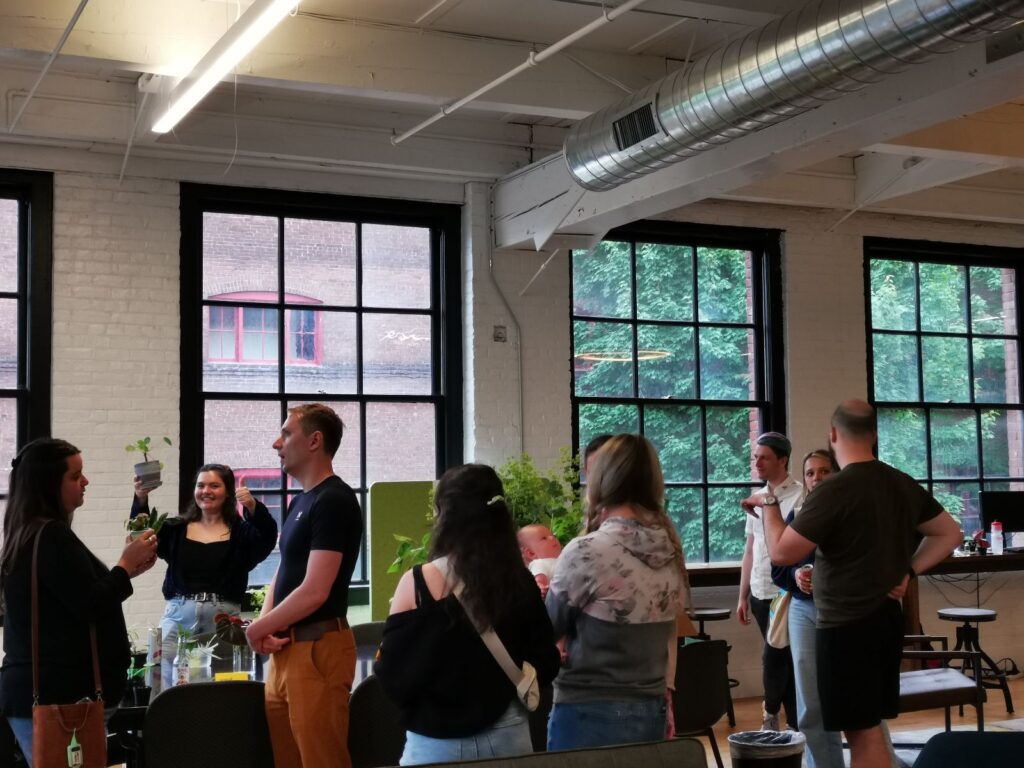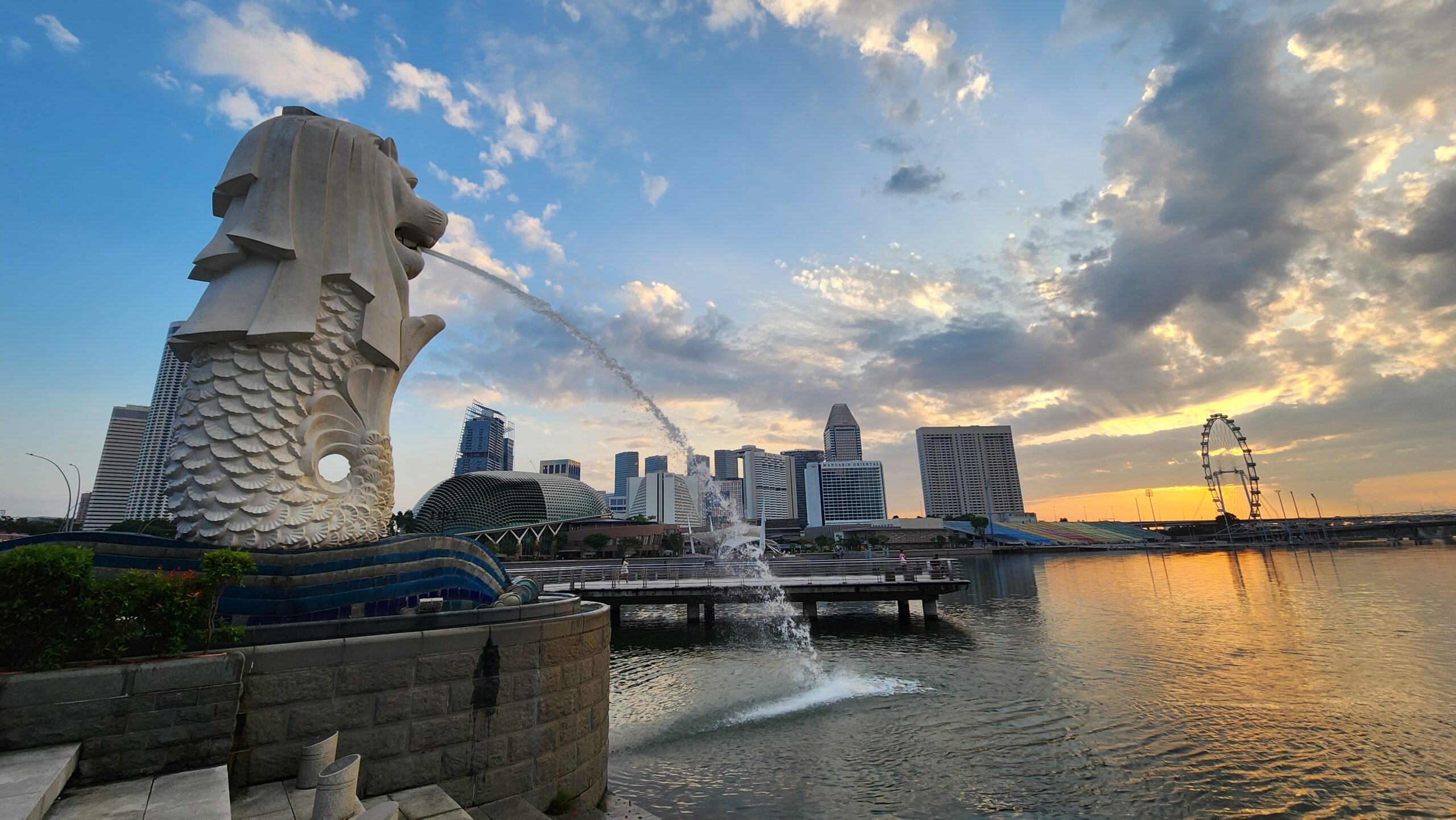When it comes to understanding complex inventions and their commercial applications, particularly when the inventor is an esoteric professor, there are many challenges. Esoteric professors are renowned for their deep knowledge in niche technological fields, making them ideal resources for unraveling the intricacies of groundbreaking innovations. However, to truly benefit from their wisdom, it is crucial to ask the right questions. McCoy Russell explores the essential inquiries you should make to gain a comprehensive understanding of an invention and its potential commercial applications.
Can you explain the invention in simple terms?
Esoteric professors often possess a wealth of technical knowledge, but their expertise may come with a specialized vocabulary. To ensure clarity, it’s essential to ask the professor to explain the invention in simple terms. This will help you grasp the fundamental concepts and lay the foundation for deeper discussions.
What problem does this invention solve?
Every invention emerges from a need to solve a technical problem or address a technical challenge. Ask the professor to elaborate on the specific problem the invention aims to solve. Understanding the context will allow you to assess the invention’s relevance and potential impact within the industry or market.
What are the key technical components or features?
Inventions often comprise various technical components or features that contribute to their functionality. Ask the professor to outline the essential elements of the invention and explain how they work together. This will help you identify the unique aspects of the invention and understand its underlying technology.
Are there any existing or competing technologies?
To evaluate the invention’s commercial viability, it’s crucial to identify any existing or competing technologies in the market. Ask the professor if there are similar solutions available and how the invention differentiates itself from them. This information will help you assess the invention’s potential market advantages and intellectual property landscape.
How does the invention create value?
Understanding the value proposition of an invention is vital for assessing its commercial potential. Ask the professor to explain the specific ways in which the invention creates value for potential users, customers, or the industry as a whole. This could include cost savings, efficiency improvements, environmental benefits, or enhanced user experiences.
What are the potential commercial applications?
Inventions often have multiple potential applications beyond their initial purpose. Ask the professor to explore the various commercial applications the invention might have. This will broaden your understanding of its versatility and uncover additional market opportunities that could be explored.
What are the potential challenges or limitations?
No invention is without its challenges or limitations. Ask the professor to discuss any known obstacles that might hinder the widespread adoption or commercialization of the invention. Understanding these limitations will enable you to identify potential areas for improvement or areas that require further research and development.
Engaging with an esoteric professor can be an enlightening experience when seeking to understand complex inventions and their commercial applications. By asking the right questions, you can unlock valuable insights and gain a comprehensive understanding of the invention’s technical aspects, market potential, and intellectual property landscape. These inquiries will help you assess the invention’s viability, identify unique selling points, and make informed decisions regarding its commercialization. Remember, collaboration with an experienced intellectual property law firm can further complement your efforts in protecting and maximizing the value of the invention in the competitive technology landscape.
Contact us at info@mccrus.com if McCoy Russell can be of assistance.












Recent Comments